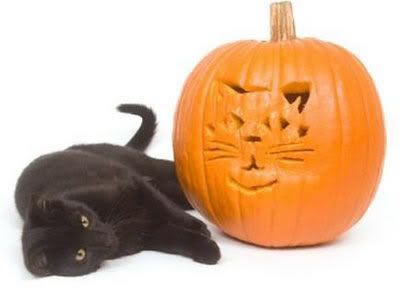There is a lot of debate surrounding nutrition these days but the fact that remains that cats need higher percentages of fat and protein to stay healthy.
You also have more choices than just dry or wet food but it really is up to the cat isn’t it? *snicker*
If you are unsure about what to feed your cat, or if you just got a cat or a kitten and want to change the diet go out to a independent pet store and get some quality cat food samples and let the cat indicate which they prefer.
There are different types of food on the market and not everyone agrees as to what is the best. I think convenience has a lot to do with it from the pet owner perspective.
Dry cat food or kibble can be stored for a long time, doesn’t smell, and packages can be kept at room temperature for weeks without spoiling. Some people believe feeding dry helps fight tartar.
Canned or “wet” cat food can be stored for a long time until opened. It usually smells and can be messy. Any uneaten food needs to be thrown out in about 15 to 20 minutes since it can grow bacteria. Unused portions can be refrigerated in an airtight container for a day or two.
Semimoist cat foods are individual nuggets without the crunch of dry food. It is a highly processed (chemicals, dyes) …bleack!
Raw diets are more and more popular but require special handling and ingredients. Frozen prepared diets are available on the market in specialty pet stores.
Ultimately, it is up to you to decide what works best. If there is one tip to give you–buy premium food for the health and longevity of your cat.
Premium brands include, but are not limited to, those such as Evo or California Naturals (both by Natura), Felidae, Diamond Naturals or Wellness pet foods.
There are also a lot of people who prepare to combine wet with dry food feeding…but whatever your choice, make sure you feed a good brand because it does make a difference in the health and longevity of your cat.
Finally, if you are changing the diet make sure you do it gradually. I recommend a two week change over. Probiotics or digestive enzymes can help with the process but when you change food make sure you gradually add the new food in 10% increments. Stay at each level for a couple of days at least. (For example 90% current food with 10% new food…80/20, 70/30, 60/40, etc.)



